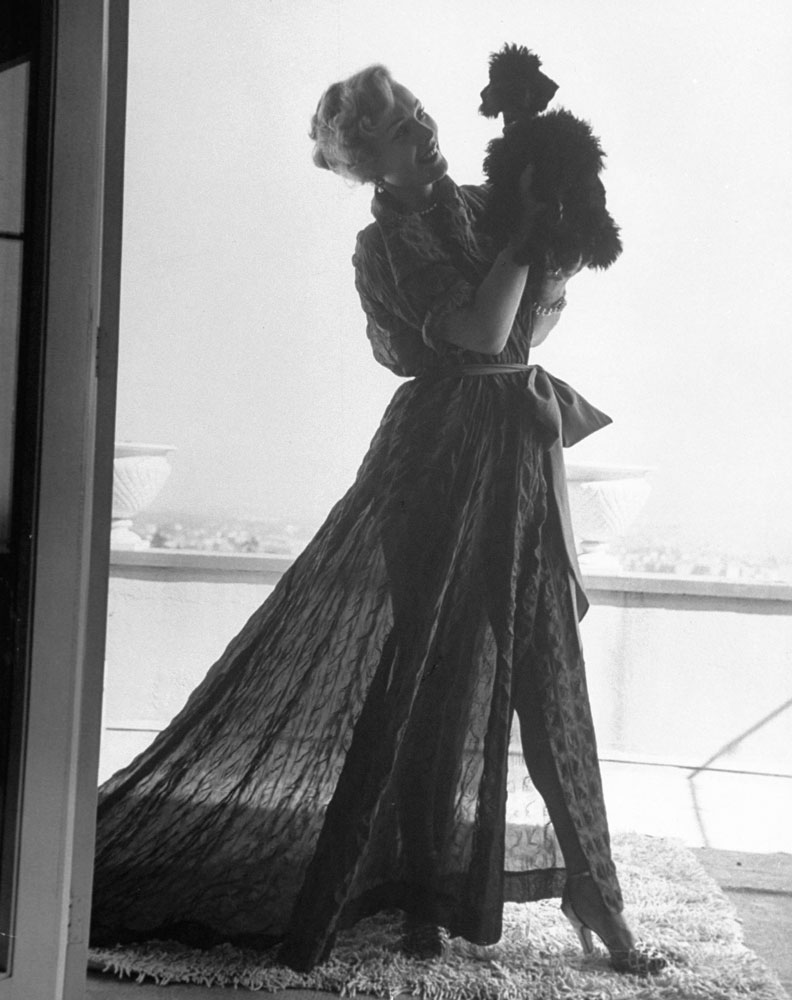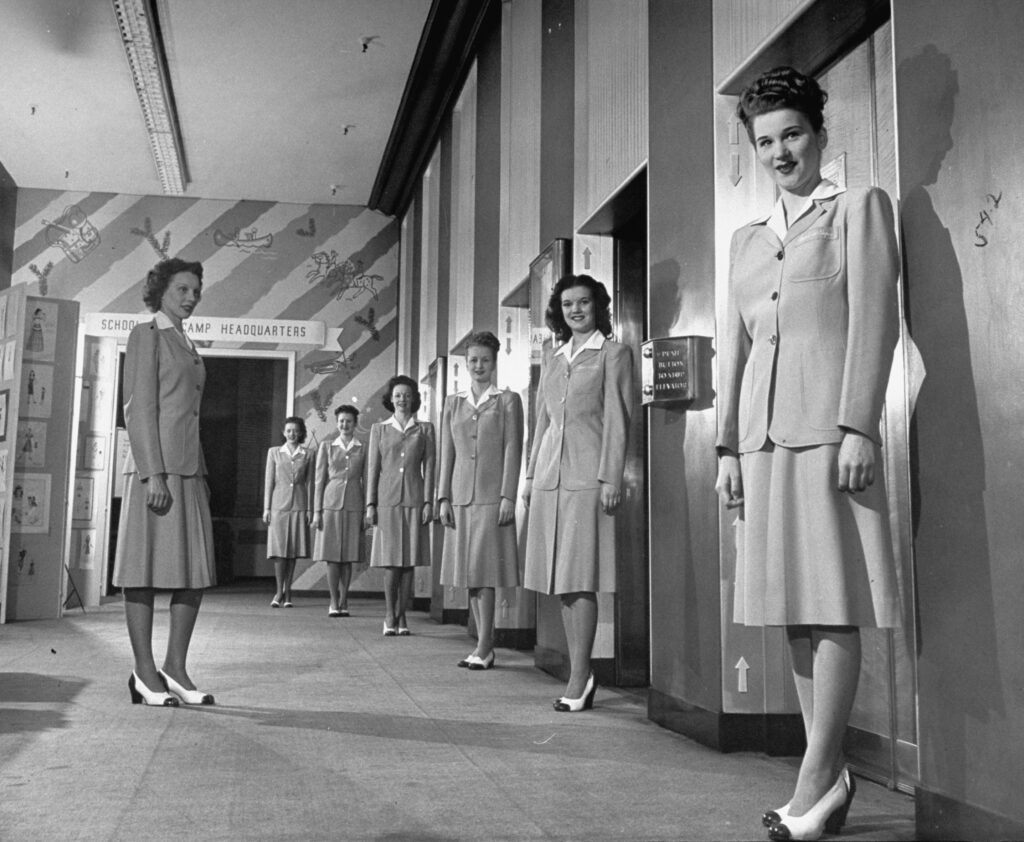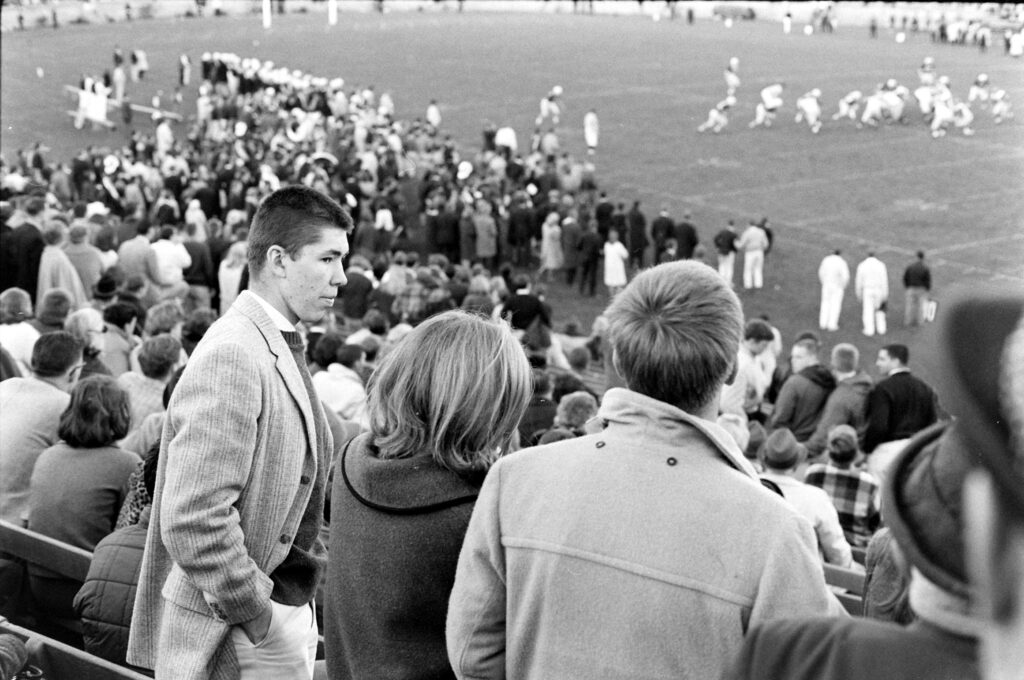Anyone who has lived to be almost 100 likely has a few outlandish tales to tell. At least, one hopes they have tales to tell; it’s simply too awful to think of someone living through ten decades without one adventure, one great passion, one scandal worthy of relating over and over again. What’s the point of living a long life, after all, if one can’t look back with some complacency and pleasure at the glorious, memorable mistakes one made along the way?
With that in mind, we turn our attention to the one and only Zsa Zsa Gabor. Born Sári Gábor on Feb. 6, 1917, in Budapest, the middle sister of a middle-class Hungarian family between younger sister Eva (1919 – 1995) and older sister Magda (1915 – 1997) Zsa Zsa lived in the public eye for more than six decades, before her death at 99 in 2016.
Beautiful, glamorous and disarmingly funny; married nine times, divorced seven (one marriage was annulled); friend and lover to the famous; accused traffic cop-slapper (remember that weirdness back in 1989?); Bernie Madoff victim to the tune of something like $10 million; best-selling author; actress with scores of movies and TV appearances to her name one could argue that Zsa Zsa was, in fact, the very last of those outrageous, celebrated Hollywood figures (like her late friend, Liz Taylor) who routinely and unrepentantly provided scandal sheets and gossip columnists with fodder in the middle part of the last century.
Quotations attributed to her through the years, meanwhile, suggest a lively intelligence and a savvy, off-hand and charming worldliness behind her seemingly soft facade:
“A man in love is incomplete until he is married. Then he is finished.”
“Macho does not prove mucho.”
“I have never hated a man enough to give his diamonds back.”
“Husbands are like fires. They go out if unattended.”
“To a smart girl men are no problem. They’re the answer.”
Time, alas, was not kind to Gabor. Late in her life, she suffered strokes, was confined to a wheelchair and had her right leg amputated above the knee to combat an aggressive infection. Her obituary was written and prepped and then shelved several times in the past few years by media outlets, as she fought on against mounting odds, diminished but far from forgotten.
Here, LIFE.com recalls the younger Zsa Zsa with a series of photos by Ed Clark many of which never ran in LIFE from 1951, when she was barely known outside of California, but was quickly becoming as famous as her sister, Eva (who, incidentally, only married five times).
In its October 15, 1951, issue LIFE magazine introduced the 34-year-old Zsa Zsa to its millions of readers thus:
To television fans in most of the country, the only Gabor is blonde Eva, whose Hungarian beauty is a frequent, familiar and satisfying sight on their screens. But lately another Gabor, Eva’s sister Zsa Zsa, has begun to establish herself on the West Coast as a TV performer and wit of sorts. The show on which she appears is called Bachelor’s Haven and specializes in romantic counsel to men, a field in which Zsa Zsa feels herself highly qualified, from personal experience.
Her experience began about 15 years ago when, as a teenager in her native Budapest, she proposed to a Turkish diplomat over his teacups and became Mrs. Burhan Belge. But, says Zsa Zsa, “I was still a little girl playing with dolls,” and so in 1941 they were divorced. Zsa Zsa, whose given name is Sari, made her way to the U.S. and married hotel-man Conrad Hilton. After five hectic years of marriage, which were enlivened by a jewel robbery and Zsa Zsa’s tales of being mysteriously drugged and held captive in a Hollywood hotel, she and Mr. Hilton were divorced. In 1949 she married actor George Sanders. When he left for a movie role in England three months ago Zsa Zsa took a television job to fill her idle time. She now has signed a movie contract herself and is rated as the biggest new hit on West Coast TV, a rating she has earned by her beauty, ripe Continental accent and the Hungarian savoir-faire with which she tosses off her advice to the lovelorn.
“Men have always liked me and I have always liked men,” says Gabor, “but I like a mannish man, a man who knows how to talk to and treat a woman not just a man with muscles.” On Bachelor’s Haven, where she is a permanent panel member, Zsa Zsa is often peremptory. When she senses that a man does not meet her rigid standards, she dismisses the offender with a curt: “Him I would shoot.”
![Zsa Zsa Gabor 1951 A 25-carat glow is shed by her ring as Zsa Zsa Gabor takes daughter [Francesca, by hotel magnate Conrad Hilton] walking at their Bel Air home.](data:image/svg+xml,%3Csvg%20xmlns='http://www.w3.org/2000/svg'%20viewBox='0%200%200%200'%3E%3C/svg%3E)
Zsa Zsa Gabor 1951
Ed Clark The LIFE Picture Collection/Shutterstock

Zsa Zsa Gabor 1951
Ed Clark The LIFE Picture Collection/Shutterstock

Zsa Zsa Gabor 1951
Ed Clark The LIFE Picture Collection/Shutterstock

Zsa Zsa Gabor 1951
Ed Clark The LIFE Picture Collection/Shutterstock

Zsa Zsa Gabor 1951
Ed Clark The LIFE Picture Collection/Shutterstock

Zsa Zsa Gabor 1951
Ed Clark The LIFE Picture Collection/Shutterstock

Zsa Zsa Gabor 1951
Ed Clark The LIFE Picture Collection/Shutterstock

Zsa Zsa Gabor 1951
Ed Clark The LIFE Picture Collection/Shutterstock

Zsa Zsa Gabor 1951
Ed Clark The LIFE Picture Collection/Shutterstock

Zsa Zsa Gabor 1951
Ed Clark The LIFE Picture Collection/Shutterstock

Zsa Zsa Gabor 1951
Ed Clark The LIFE Picture Collection/Shutterstock

Zsa Zsa Gabor 1951
Ed Clark The LIFE Picture Collection/Shutterstock

Zsa Zsa Gabor 1951
Ed Clark The LIFE Picture Collection/Shutterstock

Zsa Zsa Gabor 1951
Ed Clark The LIFE Picture Collection/Shutterstock
![Zsa Zsa Gabor 1951 A 25-carat glow is shed by her ring as Zsa Zsa Gabor takes daughter [Francesca, by hotel magnate Conrad Hilton] walking at their Bel Air home.](https://static.life.com/wp-content/uploads/migrated/2013/02/150127-zsa-zsa-gabor-01.jpg)




























































































































